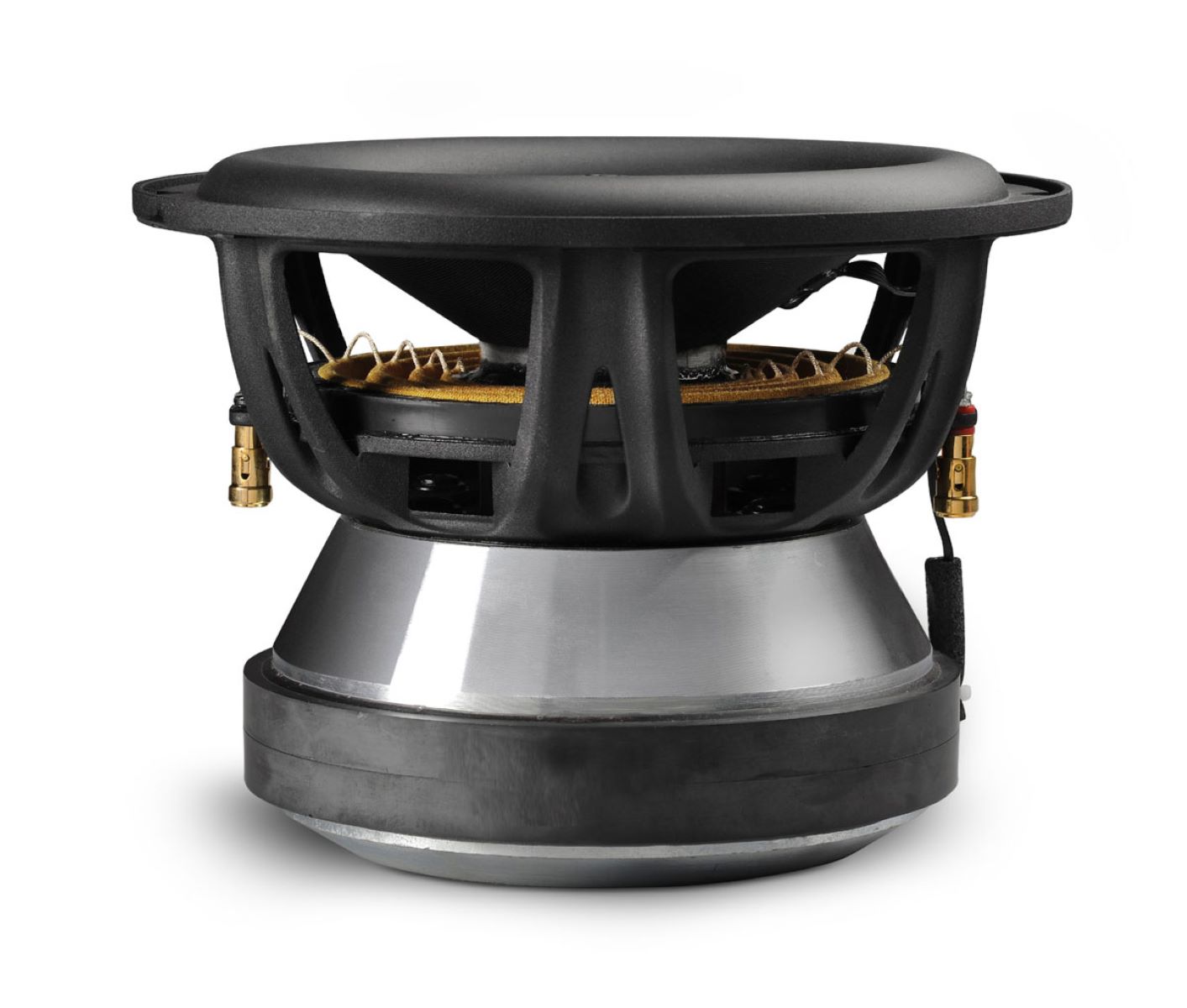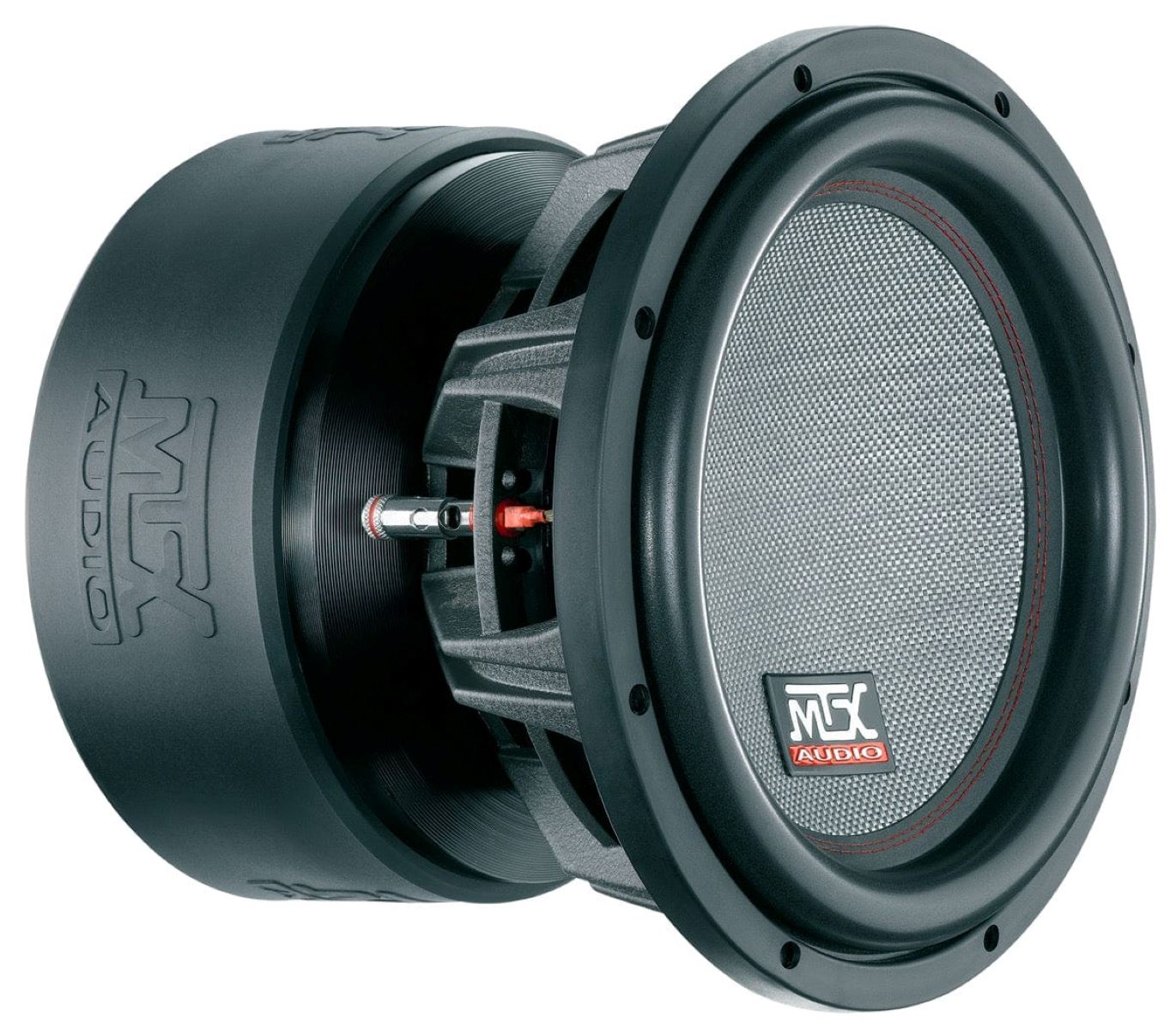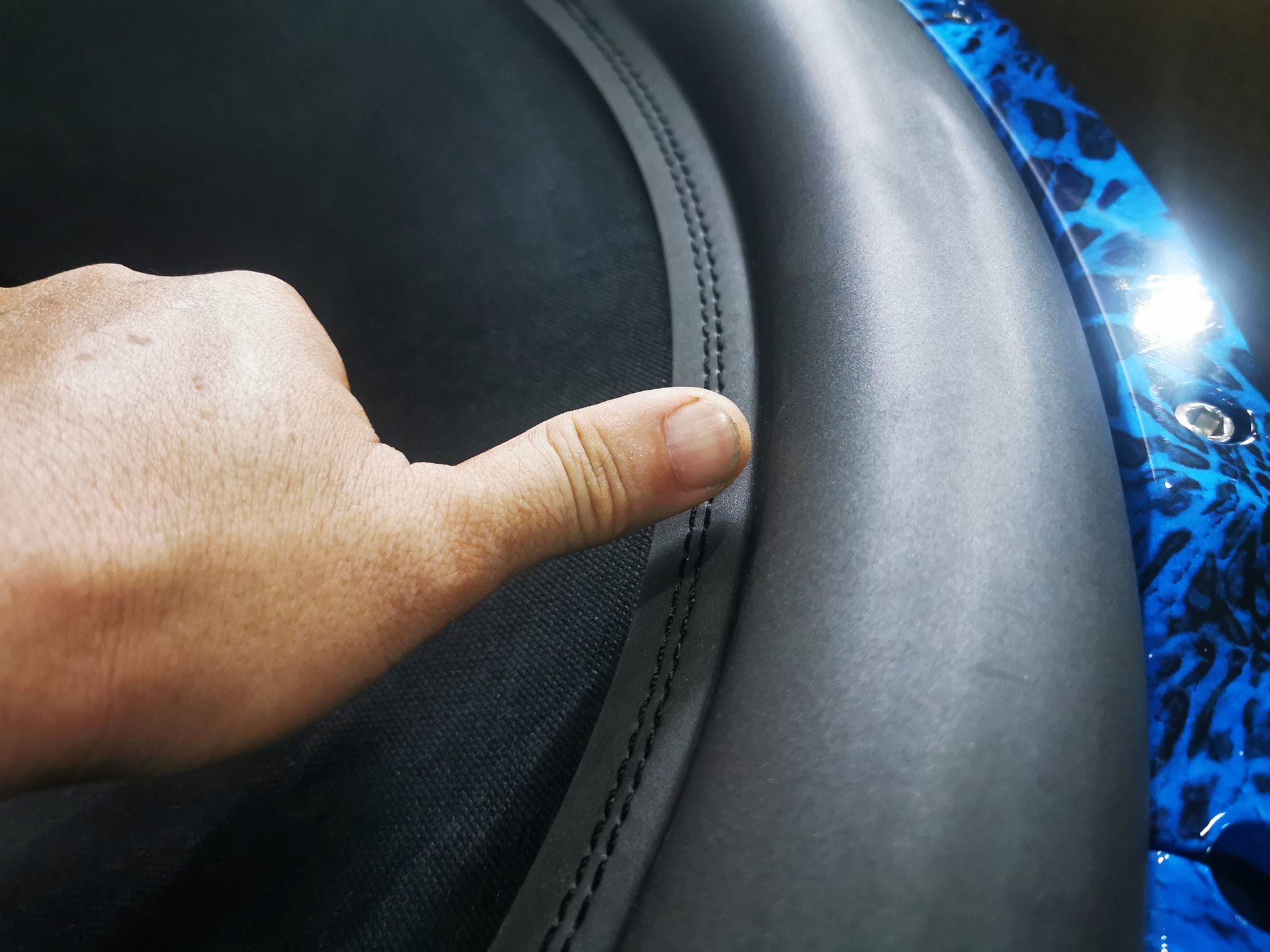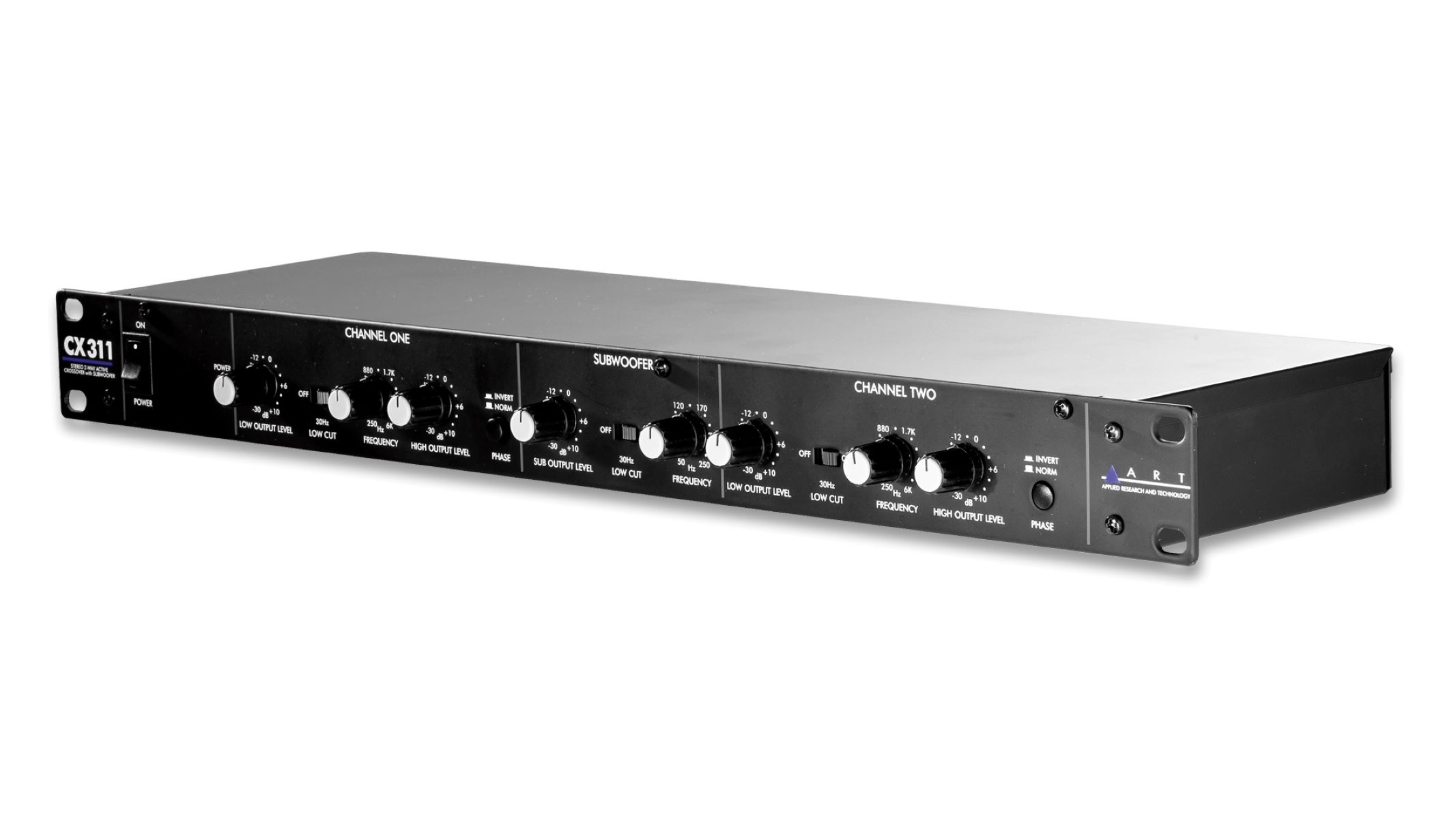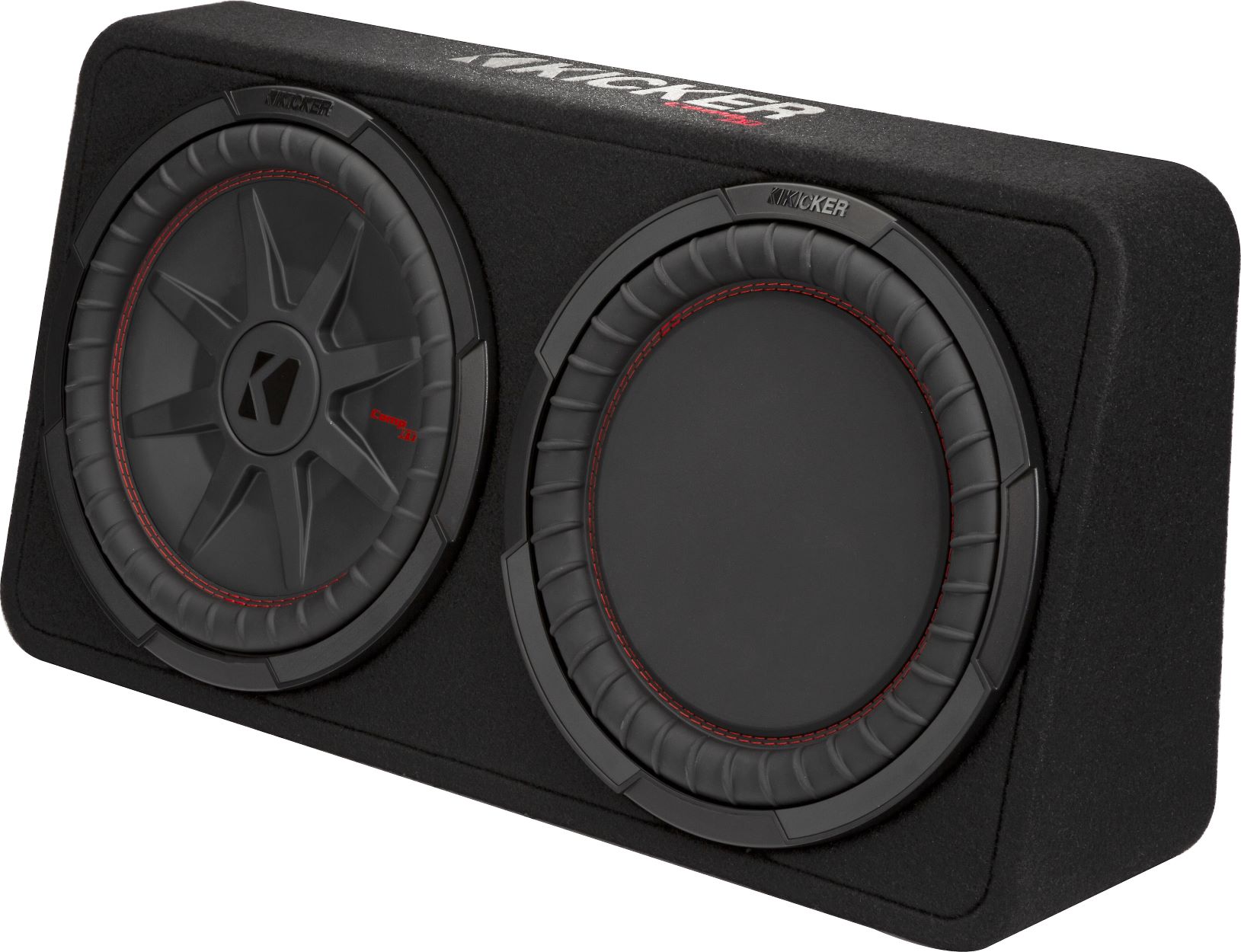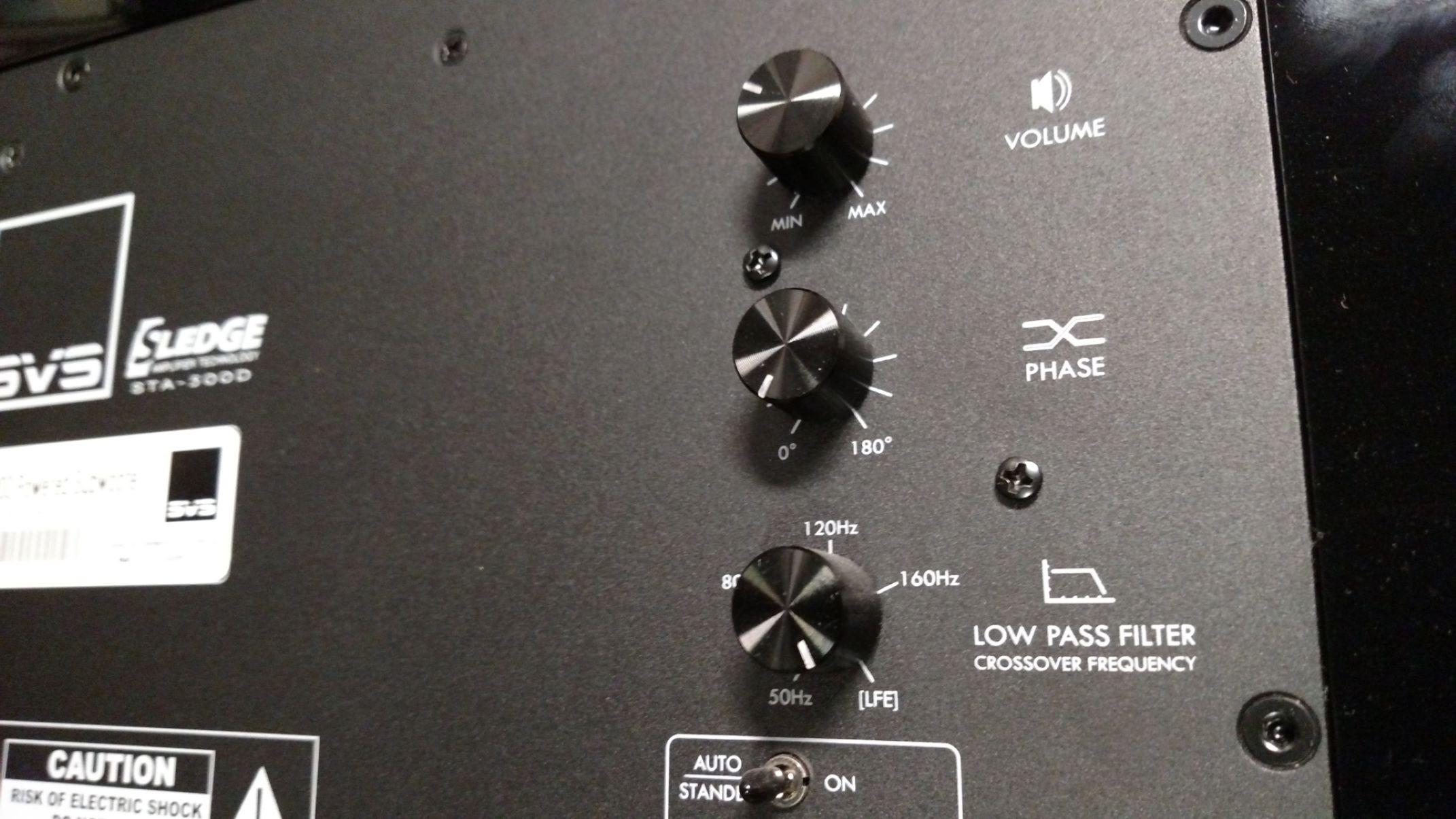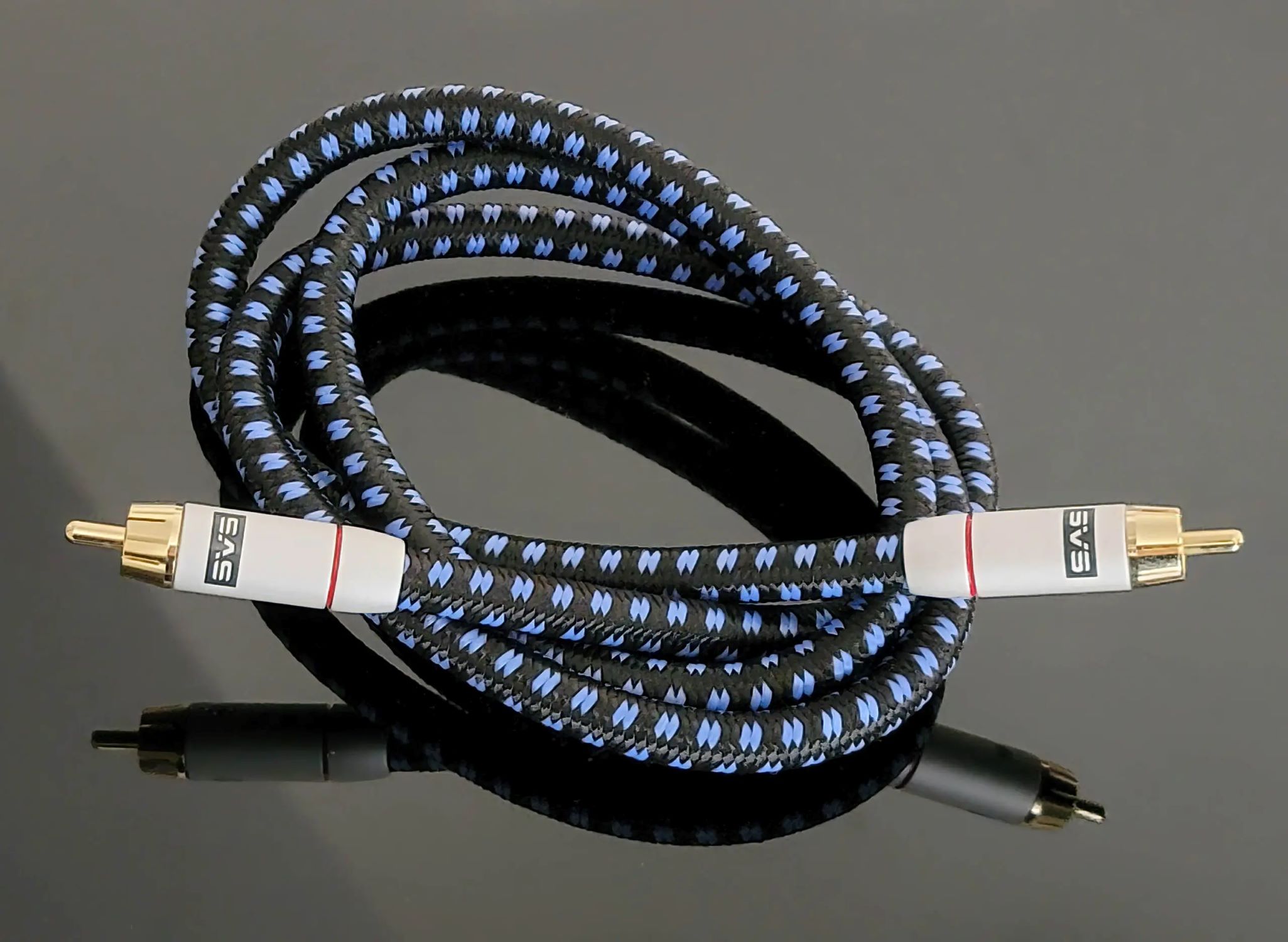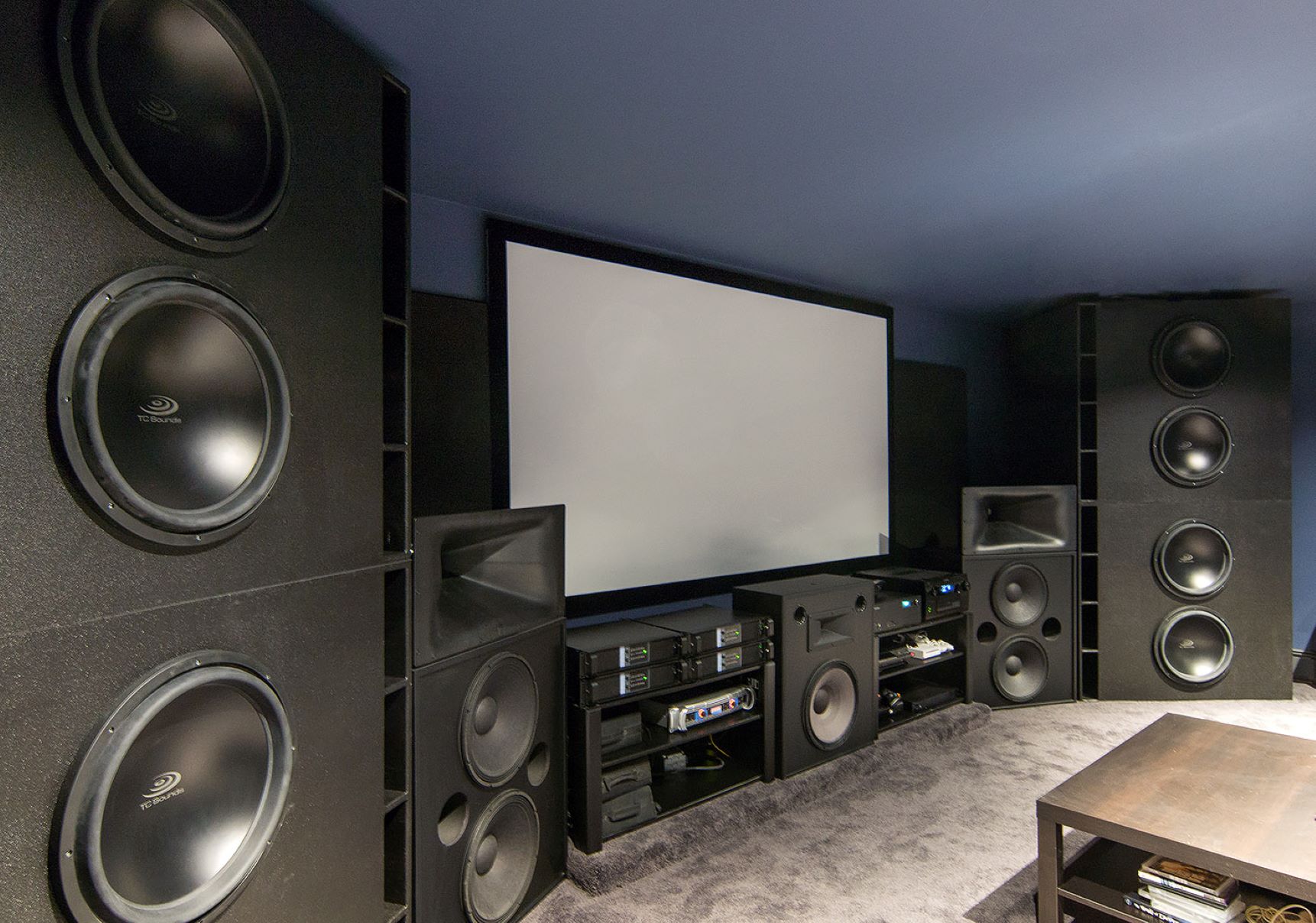Home>Devices & Equipment>Subwoofer>What Is Subwoofer Clipping


Subwoofer
What Is Subwoofer Clipping
Published: January 21, 2024
Learn about subwoofer clipping and how it affects the performance of your subwoofer. Discover tips to prevent subwoofer clipping for optimal audio experience.
(Many of the links in this article redirect to a specific reviewed product. Your purchase of these products through affiliate links helps to generate commission for AudioLover.com, at no extra cost. Learn more)
Table of Contents
Introduction
Welcome to the world of deep bass and thumping beats! If you’re a music enthusiast or a movie lover who appreciates immersive sound experiences, then you’ve likely come across the term “subwoofer.” This essential audio component is responsible for reproducing deep low-frequency sound waves that add depth and realism to your audio setup.
But what happens when your subwoofer doesn’t quite deliver the smooth and powerful bass you expect? One common issue that can hinder your subwoofer’s performance is called “clipping.” Understanding what subwoofer clipping is and how it can affect your audio system is crucial for any enthusiast or aspiring audio connoisseur.
In this article, we will explore the concept of subwoofer clipping in-depth, discussing its definition, causes, effects, and most importantly, how you can prevent it from happening. So, whether you’re a seasoned audiophile or a newbie looking to optimize your audio setup, read on to discover everything you need to know about subwoofer clipping and how to overcome it.
Definition of Subwoofer Clipping
Subwoofer clipping refers to a phenomenon that occurs when an audio signal sent to the subwoofer exceeds its capability to reproduce it accurately. When a subwoofer is pushed beyond its limits, the amplified signal becomes distorted, resulting in a harsh and unpleasant sound. This distortion is commonly known as “clipping.”
Clipping occurs when the subwoofer’s amplifier is unable to provide sufficient power to faithfully reproduce the input signal. Instead of producing a smooth and well-defined bass response, the amplifier clips the peaks of the signal, causing them to flatten or distort. This results in a noticeable degradation in audio quality, as the originally intended bass notes become muddied and distorted.
The distortion caused by clipping can manifest in various ways. One common indication is a harsh, buzzing sound that accompanies the bass notes. Another sign is a loss of clarity and definition in the low-frequency range, with the bass becoming less distinct and more boomy or muddy.
It is essential to differentiate between intentional clipping and subwoofer clipping. Intentional clipping, also known as “clipping distortion,” is an intentional audio effect used in certain musical genres and audio production techniques. In these cases, the clipping is purposeful and controlled, resulting in a unique sound characteristic. However, the clipping we are referring to in this context is unintentional and undesirable, negatively impacting the overall audio experience.
Understanding the definition of subwoofer clipping is the first step in addressing this issue. In the following sections, we will explore the causes of subwoofer clipping and its effects on your audio system.
Causes of Subwoofer Clipping
Subwoofer clipping can be caused by a variety of factors, ranging from improper setup and configuration to inadequate power supply. Let’s explore some common causes of subwoofer clipping:
- Gain or Volume Setting: One of the primary causes of subwoofer clipping is having the gain or volume control set too high. When the amplifier is pushed to its maximum capabilities, it may not be able to accurately reproduce the input signal, resulting in distortion and clipping.
- Amplifier Limitations: Another cause of subwoofer clipping is the limitations of the amplifier itself. If the amplifier is underpowered or does not have enough headroom, it can struggle to handle the demanding low-frequency signals. This can lead to clipping when the subwoofer tries to reproduce powerful bass frequencies that the amplifier can’t handle.
- Incorrect Subwoofer Wiring: Improper wiring of the subwoofer can also contribute to clipping. If the subwoofer is wired using an incorrect impedance or the wiring is faulty, it can put additional stress on the amplifier and cause it to clip when trying to deliver the desired bass response.
- Overdriving the Subwoofer: Pushing the subwoofer beyond its physical limits can be a common cause of clipping. Overdriving the subwoofer by playing excessively loud music or using an amplifier that outputs more power than the subwoofer can handle can result in distortion and clipping.
- Signal Interference: Electrical interference or signal distortion can also contribute to subwoofer clipping. If the audio signal being sent to the subwoofer is contaminated with noise or distortion, it can cause the amplifier to clip as it tries to reproduce the distorted signal.
Identifying the specific cause of subwoofer clipping in your audio setup is crucial for finding an appropriate solution. In the next section, we will explore the effects of subwoofer clipping on your audio system and overall listening experience.
Effects of Subwoofer Clipping
Subwoofer clipping can have various negative effects on your audio system and overall listening experience. Understanding these effects is essential for recognizing when clipping is occurring and taking necessary corrective measures. Here are some common effects of subwoofer clipping:
- Distorted Sound: The most noticeable effect of subwoofer clipping is distorted sound. When the amplifier is pushed beyond its limits, it is unable to accurately reproduce the bass frequencies, resulting in a distorted and unpleasant sound. This distortion can manifest as buzzing, crackling, or muddiness in the bass notes, hindering the clarity and quality of the audio.
- Lack of Detail and Definition: Clipping can also lead to a loss of detail and definition in the low-frequency range. Instead of hearing well-defined and articulate bass notes, you may experience a lack of clarity and precision. The bass response may become boomy, overwhelming the rest of the audio and muddying the overall sound.
- Deteriorated Speaker Performance: Continuous subwoofer clipping can cause damage to the subwoofer drivers over time. The excessive power being pushed through the speaker can cause the voice coil to overheat or exceed its mechanical limits, resulting in diminished performance or, in severe cases, permanent damage.
- Audible Artifacts: Clipping can introduce unwanted artifacts into the audio signal. These artifacts may include pops, clicks, or other audible distortions that can significantly impact the listening experience. These artifacts can be particularly noticeable during quiet passages of music or when there are sudden changes in bass frequencies.
- Reduced Dynamic Range: Dynamic range refers to the difference between the quietest and loudest sounds in an audio signal. Subwoofer clipping can reduce the dynamic range of your audio, compressing the range between soft and loud sounds. This compression diminishes the impact and contrast of the audio, resulting in a less immersive and engaging listening experience.
These effects highlight the importance of addressing subwoofer clipping in your audio system. In the next section, we will explore some preventive measures to help you avoid subwoofer clipping and optimize your overall audio experience.
How to Prevent Subwoofer Clipping
Preventing subwoofer clipping requires a combination of proper setup, configuration, and understanding the limitations of your audio system. By following these preventive measures, you can ensure optimal performance of your subwoofer and avoid the unpleasant effects of clipping:
- Set the Gain or Volume Appropriately: Start by setting the gain or volume control of your subwoofer at a moderate level. Gradually increase the volume until the desired bass response is achieved without any audible distortion. Avoid pushing the gain or volume control to maximum levels, as this can easily lead to clipping.
- Ensure Proper Amplifier Sizing: It is crucial to match your subwoofer with an amplifier that provides sufficient power. The amplifier should have enough headroom to handle the demanding bass frequencies without clipping. Be sure to check the specifications of both the subwoofer and the amplifier to ensure compatibility.
- Check Subwoofer Wiring: Verify that the wiring of your subwoofer is correct and free from any faults. Ensure that the subwoofer is connected with the appropriate impedance and that the wiring is properly secured. Faulty wiring can lead to additional stress on the amplifier and contribute to clipping.
- Avoid Overdriving the Subwoofer: Be mindful of the volume levels and avoid pushing the subwoofer beyond its physical limits. Excessive bass levels can cause the subwoofer to distort and clip. If you notice any signs of distortion, reduce the volume to a level where the subwoofer can reproduce the bass faithfully.
- Address Signal Interference: If you encounter signal interference or distortion, check your audio connections and cables. Use high-quality cables and ensure proper shielding to minimize interference. Address any electrical issues in your setup that may be contributing to subwoofer clipping.
By implementing these preventive measures, you can significantly reduce the risk of subwoofer clipping and enjoy a clean, powerful, and distortion-free bass experience. Regularly monitor your audio system and make adjustments as necessary to maintain optimal performance.
Now that you understand how to prevent subwoofer clipping, let’s summarize the key points we’ve covered in this article.
Conclusion
Subwoofer clipping can be a frustrating issue that compromises the quality of your audio setup. However, by understanding its definition, causes, effects, and preventive measures, you can overcome this problem and enjoy a smooth and powerful bass experience.
In this article, we explored the concept of subwoofer clipping, which occurs when the subwoofer is pushed beyond its limits, resulting in distorted and unpleasant sound. We discussed various causes of subwoofer clipping, such as improper gain settings, amplifier limitations, incorrect wiring, overdriving the subwoofer, and signal interference.
We also highlighted the negative effects of subwoofer clipping, including distorted sound, lack of detail, deteriorated speaker performance, audible artifacts, and reduced dynamic range. Recognizing these effects is crucial for identifying clipping and taking appropriate corrective measures before permanent damage occurs.
To prevent subwoofer clipping, we emphasized the importance of setting the gain or volume appropriately, ensuring proper amplifier sizing, checking subwoofer wiring, avoiding overdriving the subwoofer, and addressing signal interference. These preventive measures will help you optimize your audio system and maintain the integrity of your bass reproduction.
By taking these steps, you can ensure that your subwoofer delivers the deep, powerful, and distortion-free bass that enriches your music listening and movie-watching experiences.
So, go ahead and implement these preventive measures to prevent subwoofer clipping and unlock the full potential of your audio setup. Enjoy the immersive sound and let the bass take you on a captivating journey!

